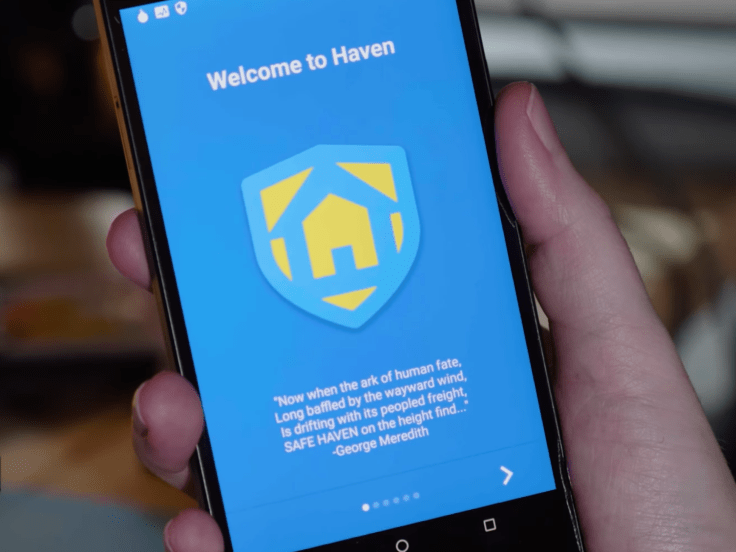We know we’ve gotten excited about translating technology in the past and have already made comparisons to the Babel Fish from The Hitchhikers Guide to the Galaxy. However, Google’s upcoming Pixel Buds are yet another step in the direction of complete universal understanding AND they don’t require sticking anything living into your ear canals.
Google’s latest cell phone accessory innovation will be able to translate 40 languages with the assistance of the already useful Google Translate software. The advancement this time around is that they’ll be able to do it in real time. Jump to about 1:15 in the video below to see them in action.
A recent Google Blog post explains that the Pixel Buds will be “like you’ve got your own personal translator with you everywhere you go” and although the process isn’t as instantaneous as its Hitchhikers counterpart, it’s pretty damn close. Users need only activate the Pixel Buds and make a request like “Help me speak Italian.” and the phone and earbuds will get to work. As you talk, your Pixel 2’s speaker (you’ll need a Pixel or Pixel 2 for now) will translate your speech to the language of your choice and—as someone responds in the chosen language—the buds will pump audio of the translation back into your dear ol’ monolingual ear holes.
The Pixel Buds are due out November of 2017 and are currently available for pre-order for $159 which isn’t too bad for such a handy piece of tech. Considering you’re likely to spend at least $649 on the new Pixel 2, why not go all out, right? (pretending to have lots of money is fun, isn’t it?)
Now we will have to see how they compare to the Pilot Translating Earpiece.
What do you think about the new Pixel Buds? Are we headed down a road where Babel Fish won’t ever be needed in interstellar travel? What other sort of future tech do you want in your phone?
via: nerdist





